

| Cruise Region : Caribbean |
| Company : Azamara Cruises |
| Ship : Azamara Quest |
| Journey Start : Sat 17 Jan 2026 |
| Journey End : Sun 08 Feb 2026 |
| Count Nights : 22 nights |
| Day | Date | Port | Arrival | Departure |
|---|---|---|---|---|
| 1 | 17.01 Sat | Bridgetown / Barbados | 18:00 | |
| 2 | 18.01 Sun | Scarborough / Trinidad and Tobago | 08:00 | 17:00 |
| 3 | 19.01 Mon | Day at sea / Sea | 15:00 | |
| 4 | 20.01 Tue | Royal Oak | 09:00 | 18:00 |
| 5 | 21.01 Wed | Day at sea / Sea | ||
| 6 | 22.01 Thu | Belen / Brazil | 08:00 | 17:00 |
| 7 | 23.01 Fri | Day at sea / Sea | ||
| 8 | 24.01 Sat | Day at sea / Sea | ||
| 9 | 25.01 Sun | Recife / Brazil | 13:30 | 22:00 |
| 10 | 26.01 Mon | Day at sea / Sea | ||
| 11 | 27.01 Tue | Salvador / Brazil | 08:00 | 18:00 |
| 12 | 28.01 Wed | Day at sea / Sea | ||
| 13 | 29.01 Thu | Armacao dos Buzios / Brazil | 13:00 | 20:00 |
| 14 | 30.01 Fri | Rio de Janeiro / Brazil | 08:00 | |
| 15 | 31.01 Sat | Rio de Janeiro / Brazil | 09:00 | 22:00 |
| 16 | 1.02 Sun | Paraty / Brazil | 08:00 | 18:00 |
| 17 | 2.02 Mon | Ilhabela / Brazil | 08:00 | 22:00 |
| 18 | 3.02 Tue | Santos / Brazil | 08:00 | 22:00 |
| 19 | 4.02 Wed | Day at sea / Sea | 15:00 | |
| 20 | 5.02 Thu | Day at sea / Sea | ||
| 21 | 6.02 Fri | Montevideo / Uruguay | 08:00 | 18:00 |
| 22 | 7.02 Sat | Buenos Aires / Argentina | 06:00 | |
| 23 | 8.02 Sun | Buenos Aires / Argentina | 08:00 |
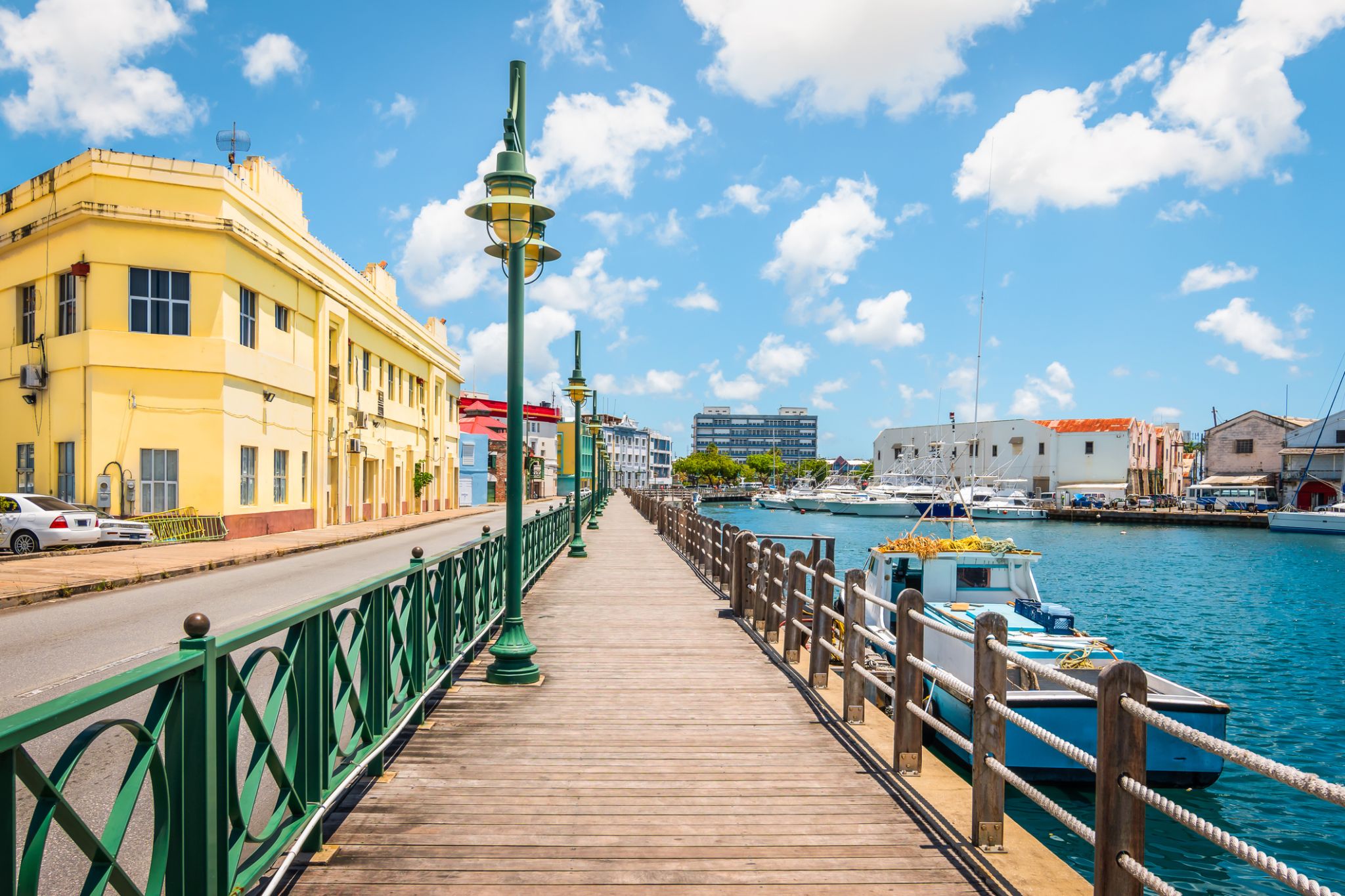
Bridgetown is the capital and largest city of Barbados. Formerly The Town of Saint Michael, the Greater Bridgetown area is located within the parish of Saint Michael. Bridgetown is sometimes locally referred to as "The City", but the most common reference is simply "Town". As of 2014, its metropolitan population stands at roughly 110,000.
The Bridgetown port, found along Carlisle Bay (at 13.106°N 59.632°W) lies on the southwestern coast of the island. Parts of the Greater Bridgetown area (as roughly defined by the Ring Road Bypass or more commonly known as the ABC Highway), sit close to the borders of the neighbouring parishes Christ Church and St. James. The Grantley Adams International Airport for Barbados, is located 16 kilometres (10 mi) southeast of Bridgetown city centre, and has daily flights to major cities in the United Kingdom, United States, Canada and the Caribbean. There is no longer a local municipal government, but it is a constituency of the national Parliament. During the short-lived 1950s-1960s Federation of the British West Indian Territories, Bridgetown was one of three capital cities within the region being considered to be the Federal capital of region.
The present-day location of the city was established by English settlers in 1628; a previous settlement under the authority of Sir William Courten was at St. James Town. Bridgetown is a major West Indies tourist destination, and the city acts as an important financial, informatics, convention centre, and cruise ship port of call in the Caribbean region. On 25 June 2011, "Historic Bridgetown and its Garrison" was added as a World Heritage Site of UNESCO.
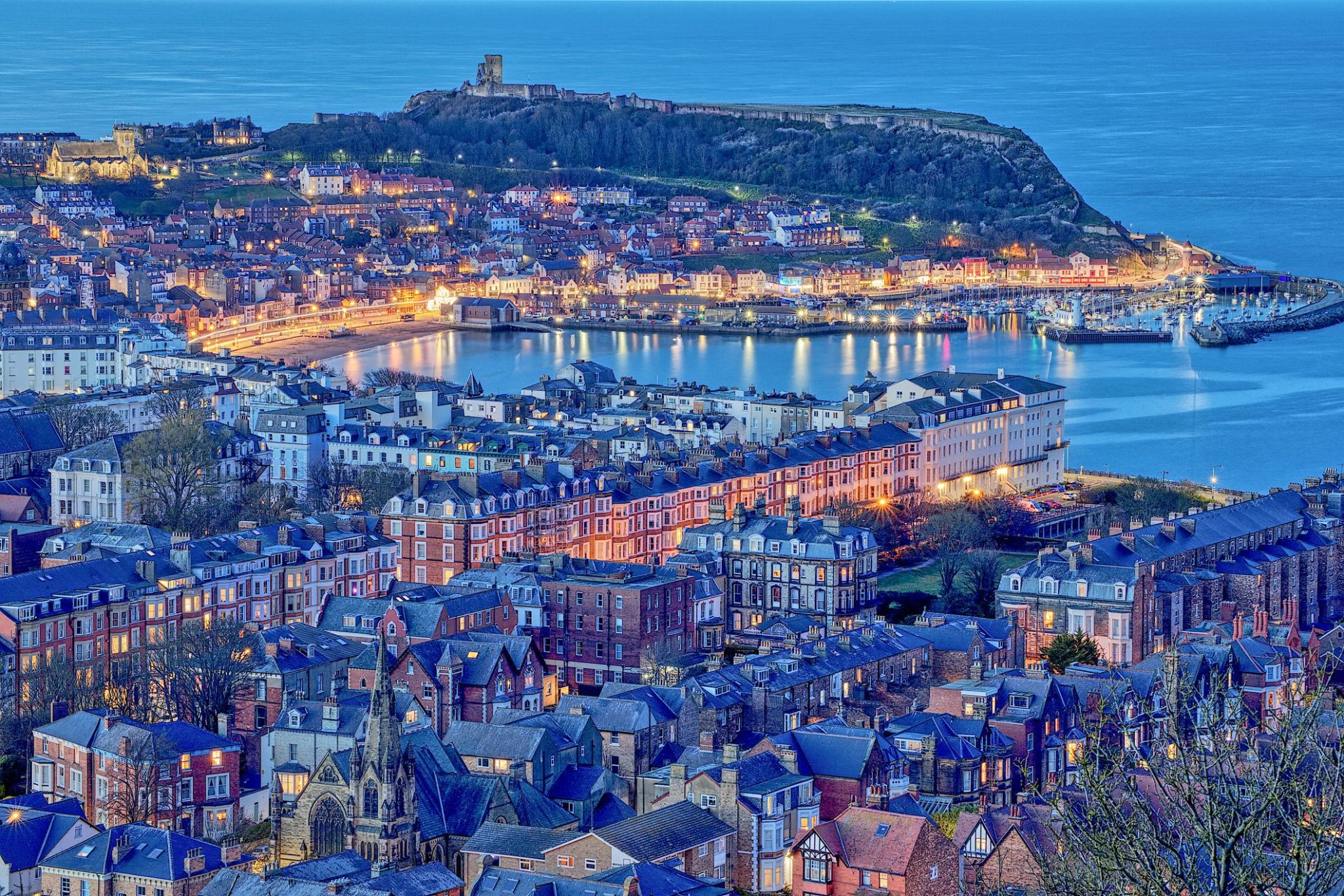
Scarborough (Tobago) is a charming town located on the eastern coast of the island of Tobago in the Caribbean Sea. As the capital of the island, it serves as the cultural and historical heart of Tobago. The town is known for its picturesque streets, vibrant markets, and old buildings that blend harmoniously with modern architecture. One of the main landmarks is the historic St. Anne’s Church, built in 1770, which remains an important part of the town’s heritage. Visitors are also drawn to the local market, where fresh fruits, spices, and handmade crafts showcase the island’s rich traditions.
Beyond its cultural and historical appeal, Scarborough offers travelers stunning natural surroundings. Nearby beaches with white sand and crystal-clear waters are perfect for swimming and diving. Pleasant Bay, popular among tourists, offers scenic views and a colorful underwater world. Scarborough is also an ideal base for exploring Tobago’s nature reserves and enjoying active outdoor adventures.






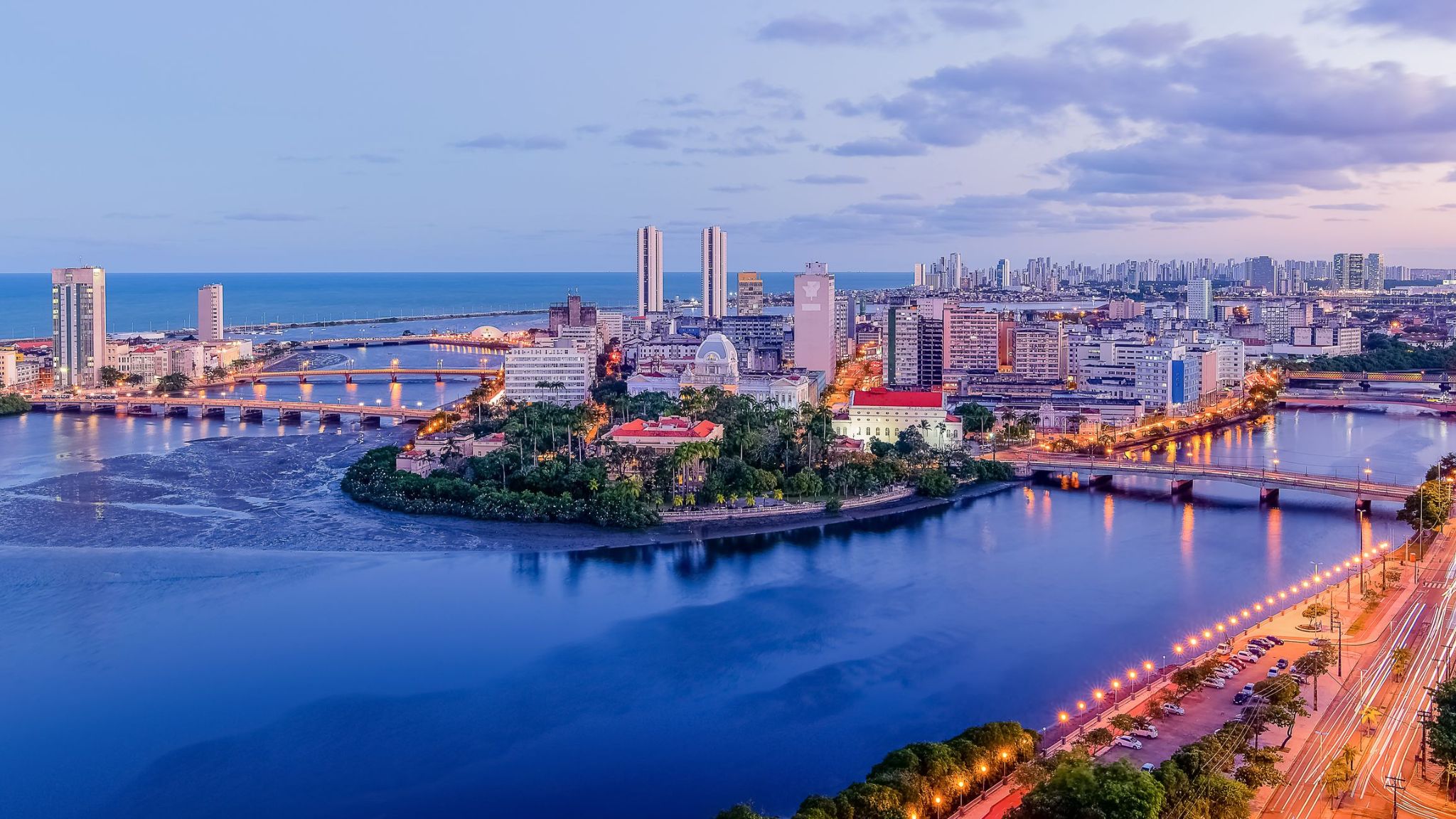
Recife: The Tropical Venice of Brazil
Recife, the capital of Pernambuco in northeastern Brazil, is known for its network of canals, bridges, and rivers, earning it the nickname “Brazilian Venice.” The city blends colonial architecture, modern skyscrapers, and vibrant culture, reflected in its carnival, frevo music, and maracatu rhythms. The historic district, Recife Antigo, preserves the city's Portuguese heritage through narrow streets, churches, and old buildings.
Recife is also famous for its beaches, especially Boa Viagem, where white sand and palm trees contrast with the urban skyline. Visitors can explore museums like the Ricardo Brennand Institute, with its collection of weapons and art, or visit the nearby colonial town of Olinda, a UNESCO World Heritage Site. It’s the perfect destination for those seeking cultural immersion, seaside relaxation, and the rhythm of vibrant Brazil.

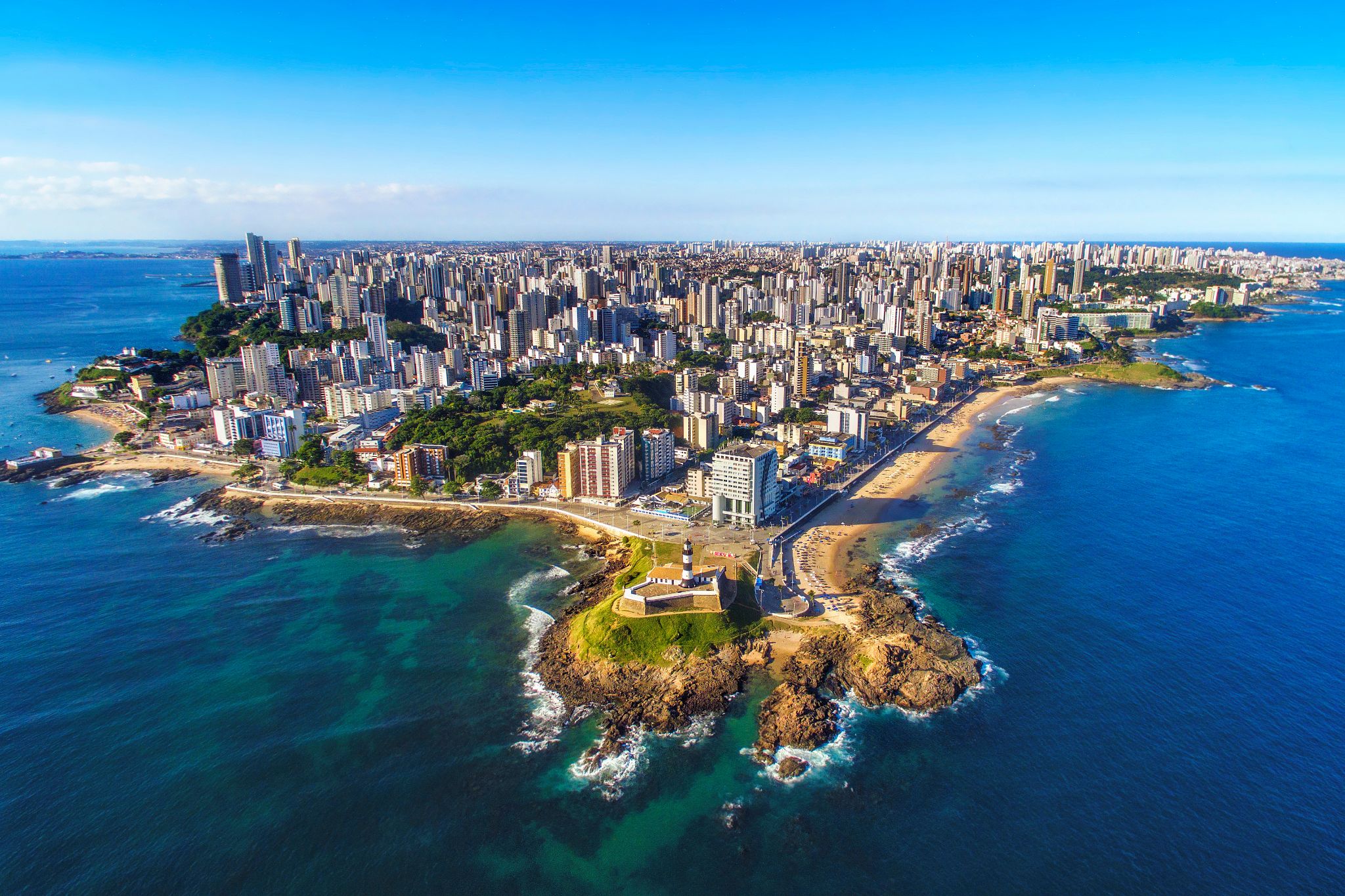
Salvador is the capital of Bahia state and was formerly the first capital of Brazil. Salvador is known for its endless number of churches, as well as for being a land of majestic fortresses. After visiting these places, it is also worth taking a look at the Chapada Diamantina National Park – the most interesting natural park in Brazil. In Salvador, there reigns an atmosphere of joy, revelry, and holidays – this is due to the fact that the local population was influenced by Africa. In Salvador, you can always admire the natural beauty of this area. You will be enchanted by the sensuality of this land, and you will be able to discover a piece of its mysterious power.

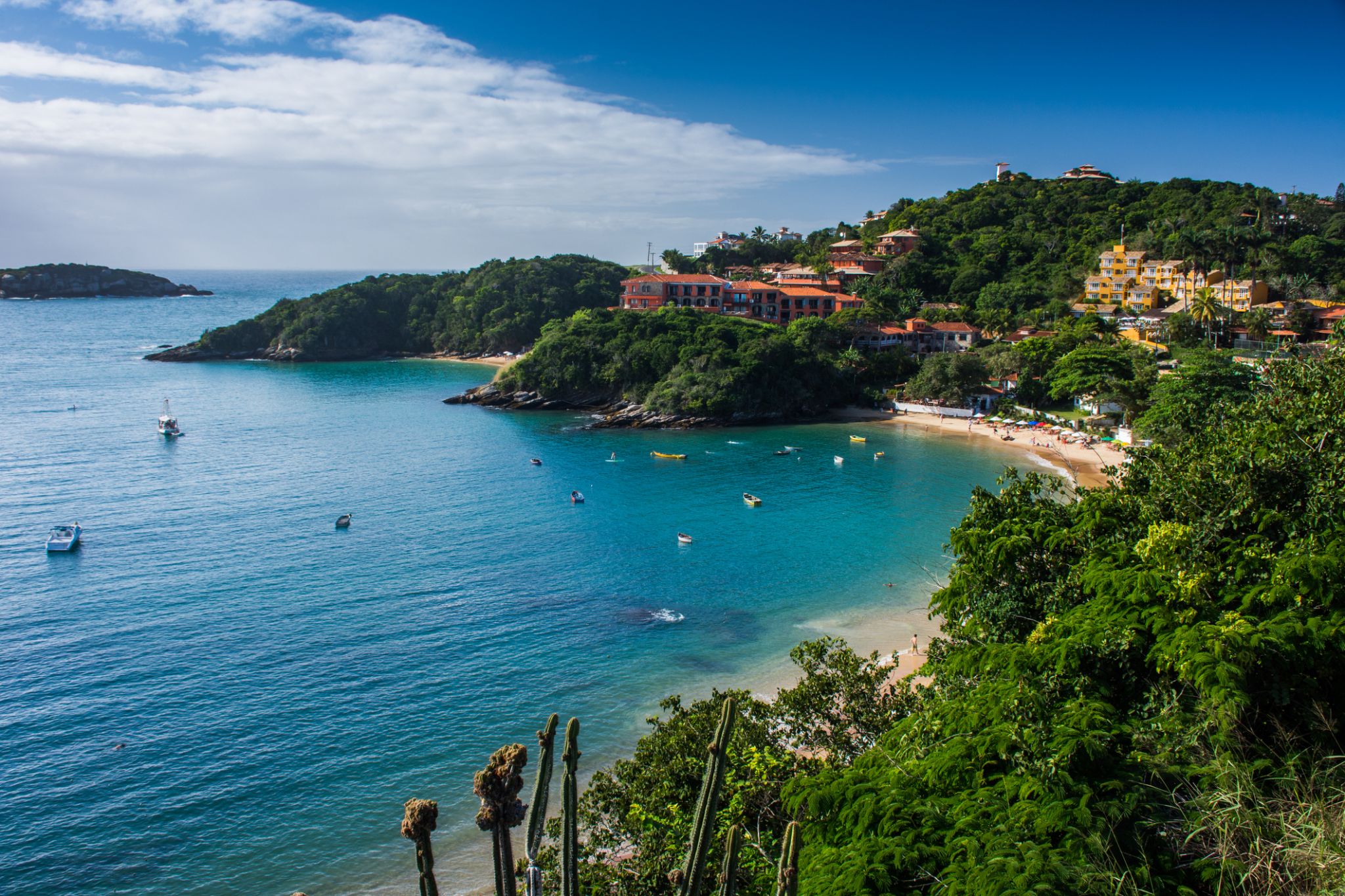
Armação dos Búzios, often referred to as just Búzios, is a resort town and a municipality located in the state of Rio de Janeiro, Brazil. In 2012, its population consisted of 23,463 inhabitants and its area of 69 km². Today, Búzios is a popular getaway from the city and a worldwide tourist site, especially among Brazilians and Argentinians.
In the early 1900s Búzios was an almost unknown village of fishermen. It remained as such until 1964, when the French actress Brigitte Bardot visited Búzios, since then Búzios became popular with the Carioca’s high society, who wanted to escape from the chaotic city life of Rio de Janeiro and enjoy over 23 beaches that the peninsula offers. The city grew to be an international tourist destination.
Today, the peninsula is a travelling site that offers calmness, direct contact with nature and scenic views. The west coast beaches offer calm, clear waters while the east coast ones, facing the open sea, are more wild and draw surfers and water sports enthusiasts. Azeda, Ferradura, João Fernandes and Armação are amongst the most popular beaches in town. At night, Rua das Pedras, Buzios' main street, offers its visitors an active nightlife and a great variety of shopping and restaurants.
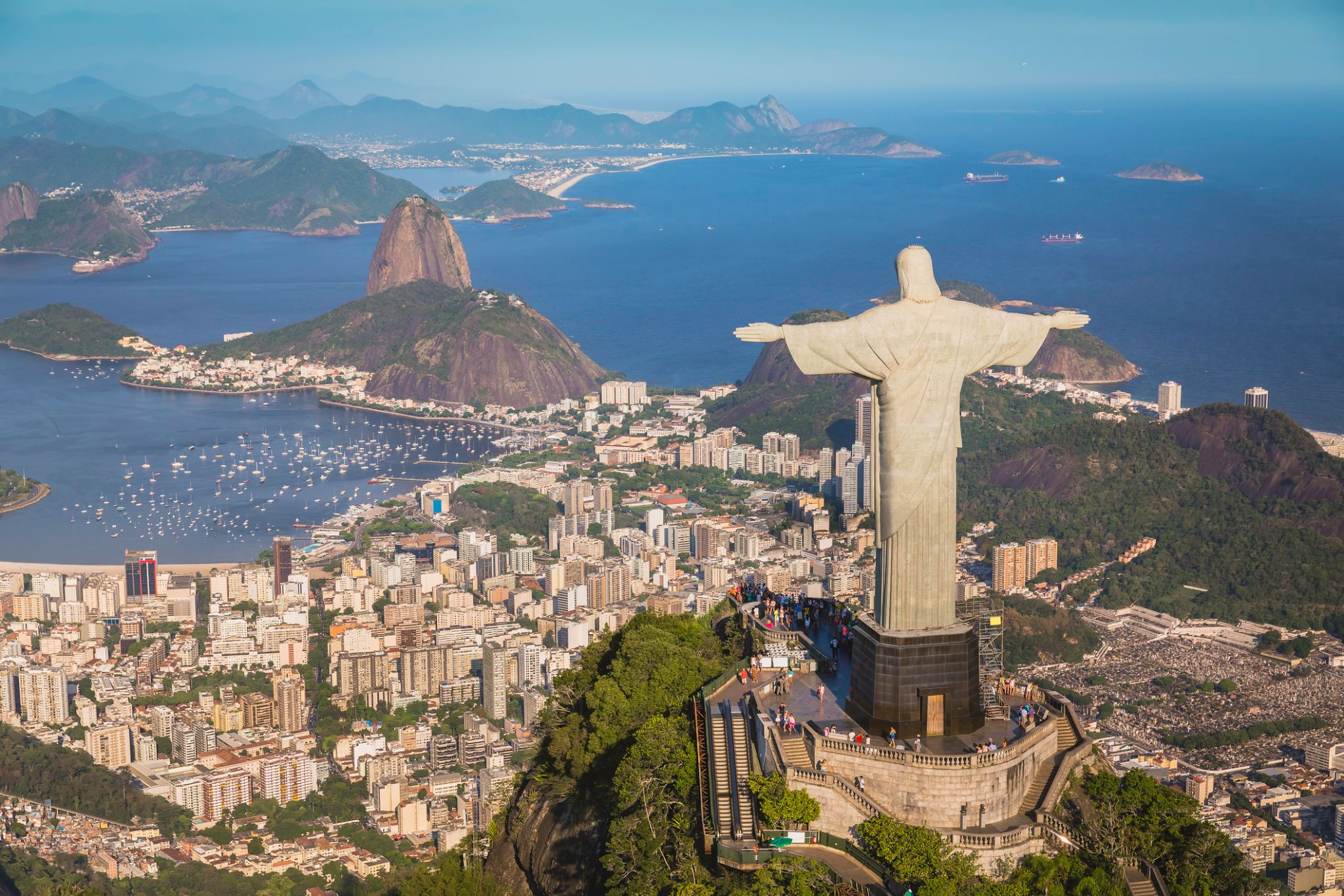
Rio de Janeiro is the second-most populous municipality in Brazil and the sixth-most populous in the Americas. The metropolis is anchor to the Rio de Janeiro metropolitan area, the second-most populous metropolitan area in Brazil and sixth-most populous in the Americas. Rio de Janeiro is the capital of the state of Rio de Janeiro, Brazil's third-most populous state. Part of the city has been designated as a World Heritage Site, named "Rio de Janeiro: CariocaLandscapes between the Mountain and the Sea", by UNESCO on 1 July 2012 as a Cultural Landscape.
Founded in 1565 by the Portuguese, the city was initially the seat of the Captaincy of Rio de Janeiro, a domain of the Portuguese Empire. Later, in 1763, it became the capital of the State of Brazil, a state of the Portuguese Empire. In 1808, when the Portuguese Royal Court transferred itself from Portugal to Brazil, Rio de Janeiro became the chosen seat of the court of Queen Maria I of Portugal, who subsequently, in 1815, under the leadership of her son, the Prince Regent, and future King João VI of Portugal, raised Brazil to the dignity of a kingdom, within the United Kingdom of Portugal, Brazil, and Algarves. Rio stayed the capital of the pluricontinental Lusitanian monarchy until 1822, when the War of Brazilian Independence began. This is one of the few instances in history that the capital of a colonising country officially shifted to a city in one of its colonies. Rio de Janeiro subsequently served as the capital of the independent monarchy, the Empire of Brazil, until 1889, and then the capital of a republican Brazil until 1960 when the capital was transferred to Brasília.

Rio de Janeiro is the second-most populous municipality in Brazil and the sixth-most populous in the Americas. The metropolis is anchor to the Rio de Janeiro metropolitan area, the second-most populous metropolitan area in Brazil and sixth-most populous in the Americas. Rio de Janeiro is the capital of the state of Rio de Janeiro, Brazil's third-most populous state. Part of the city has been designated as a World Heritage Site, named "Rio de Janeiro: CariocaLandscapes between the Mountain and the Sea", by UNESCO on 1 July 2012 as a Cultural Landscape.
Founded in 1565 by the Portuguese, the city was initially the seat of the Captaincy of Rio de Janeiro, a domain of the Portuguese Empire. Later, in 1763, it became the capital of the State of Brazil, a state of the Portuguese Empire. In 1808, when the Portuguese Royal Court transferred itself from Portugal to Brazil, Rio de Janeiro became the chosen seat of the court of Queen Maria I of Portugal, who subsequently, in 1815, under the leadership of her son, the Prince Regent, and future King João VI of Portugal, raised Brazil to the dignity of a kingdom, within the United Kingdom of Portugal, Brazil, and Algarves. Rio stayed the capital of the pluricontinental Lusitanian monarchy until 1822, when the War of Brazilian Independence began. This is one of the few instances in history that the capital of a colonising country officially shifted to a city in one of its colonies. Rio de Janeiro subsequently served as the capital of the independent monarchy, the Empire of Brazil, until 1889, and then the capital of a republican Brazil until 1960 when the capital was transferred to Brasília.
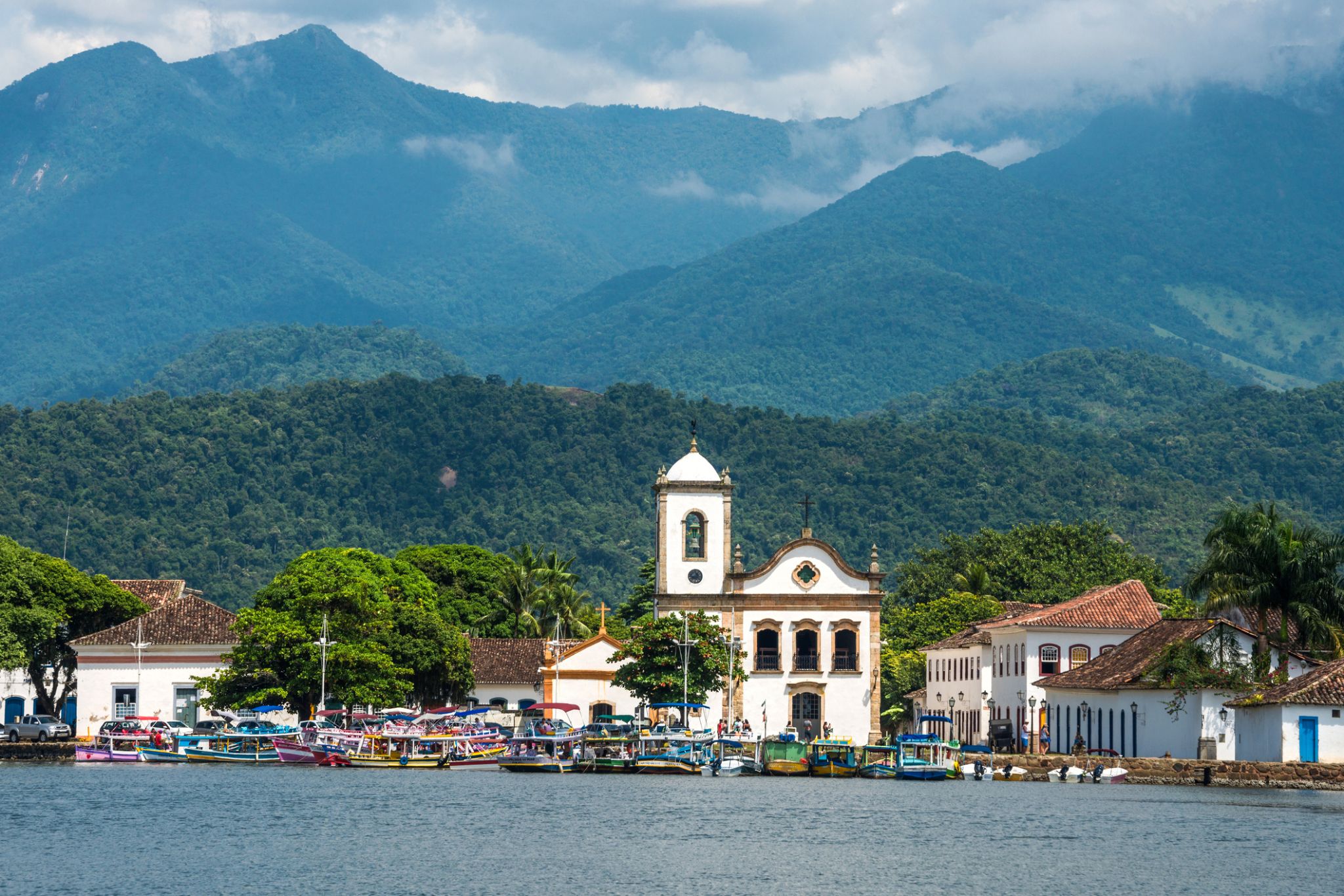
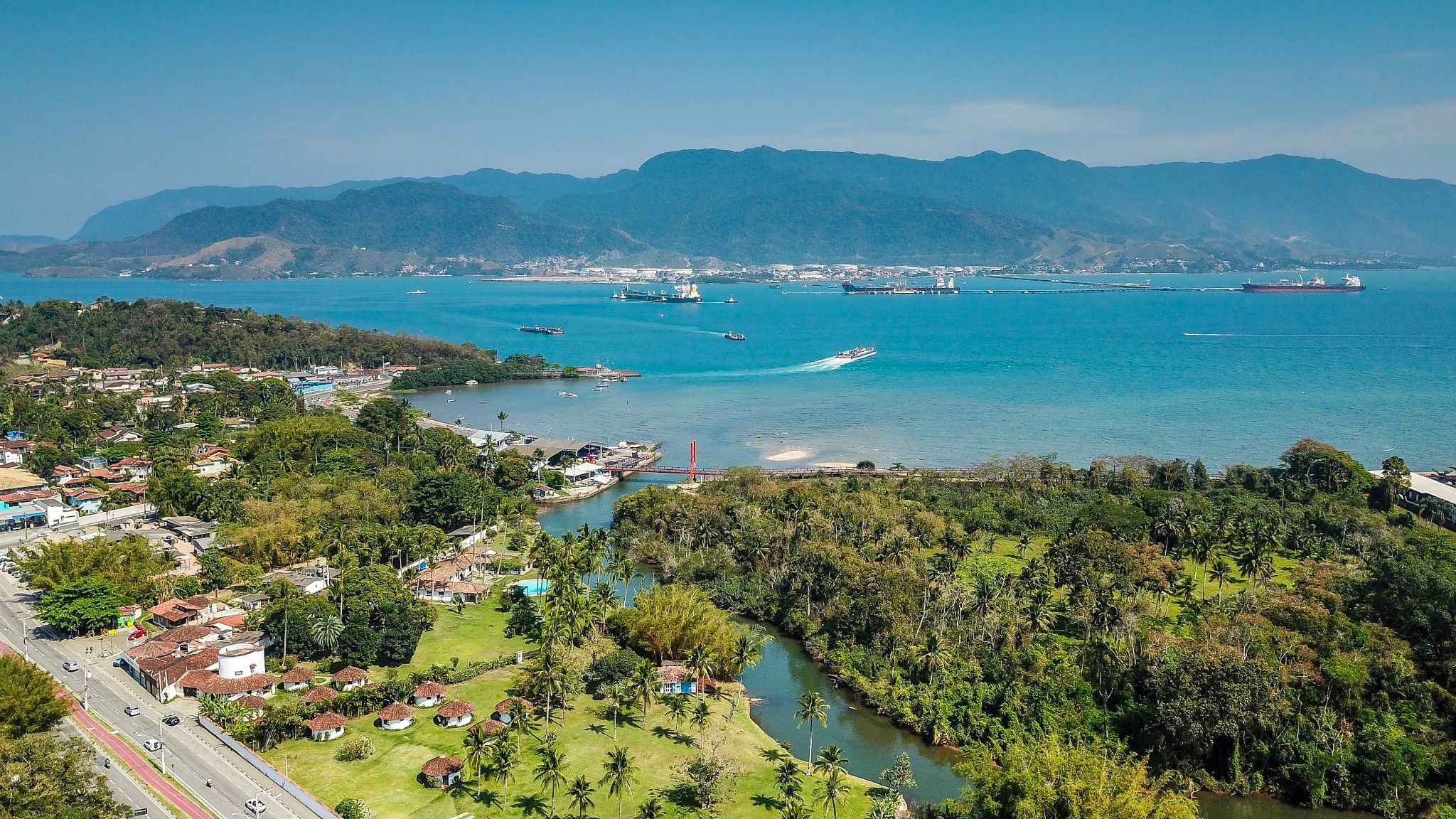
Ilhabela — A Brazilian Paradise for Nature and Adventure Enthusiasts
Ilhabela is a picturesque archipelago and municipality in the state of São Paulo, Brazil, comprising the main island and several smaller ones. The name translates from Portuguese as "beautiful island," which it truly embodies. Over 80% of the island's territory is protected within the Ilhabela State Park, featuring dense tropical forests, waterfalls, and hiking trails. It's a popular destination for sailors, divers, and those seeking solitude away from urban noise.
Ilhabela is renowned not only for its golden sandy beaches and clear waters but also for the unique opportunity to observe whales during their migration. The city frequently hosts sailing regattas, including international competitions. Tourists can explore colonial-era buildings and enjoy the ambiance of seaside restaurants offering fresh seafood dishes. Ilhabela combines pristine nature, active recreation, and a relaxed pace of life, making it an ideal destination for travel at any time of the year.
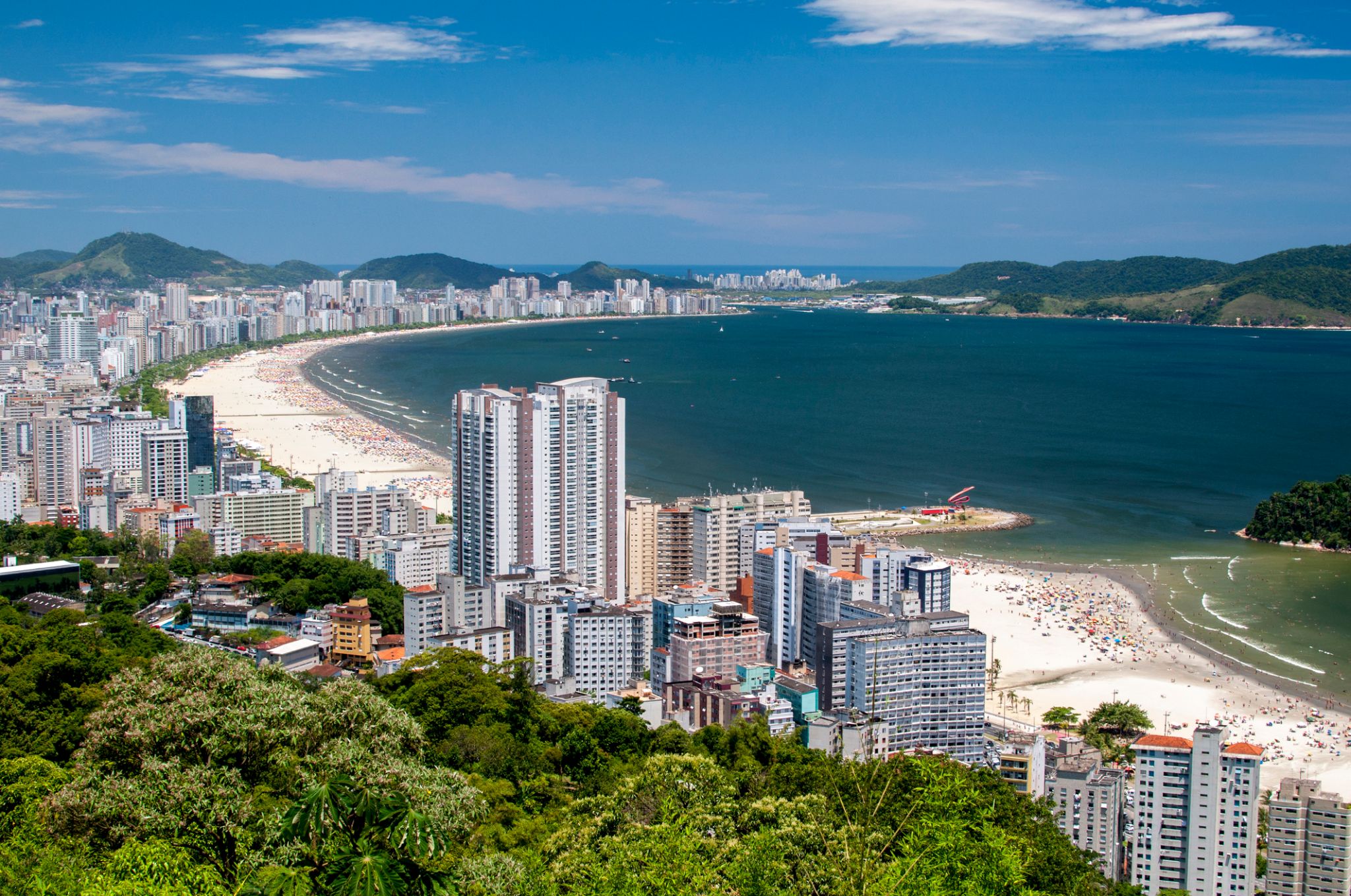


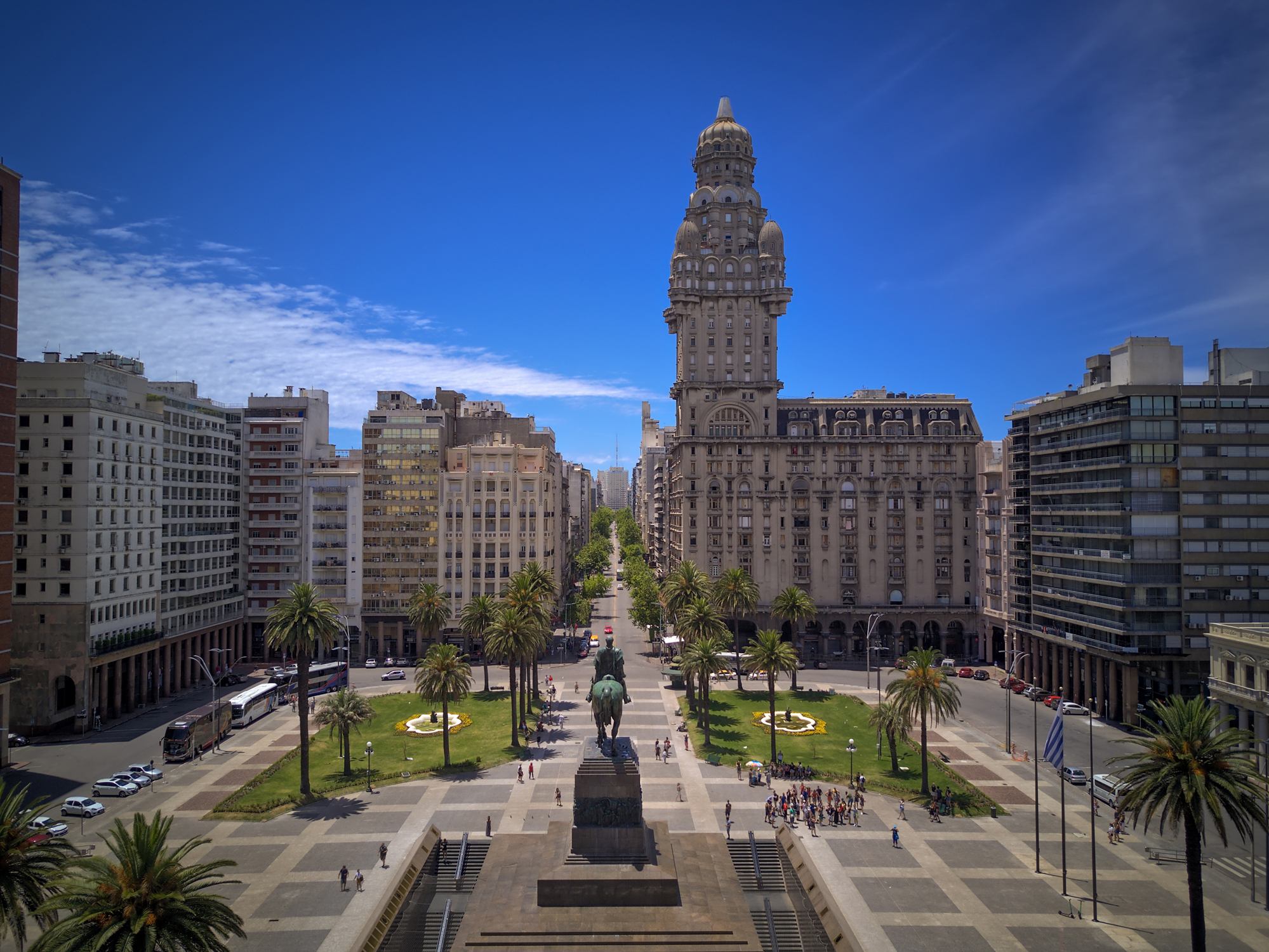
Montevideo is the capital and largest city of Uruguay. According to the 2011 census, the city proper has a population of 1,319,108 (about one-third of the country's total population) in an area of 201 square kilometres (78 sq mi). The southernmost capital city in the Americas, Montevideo is situated on the southern coast of the country, on the northeastern bank of the Río de la Plata.
The city was established in 1724 by a Spanish soldier, Bruno Mauricio de Zabala, as a strategic move amidst the Spanish-Portuguese dispute over the platine region. It was also under brief British rule in 1807. Montevideo is the seat of the administrative headquarters of Mercosur and ALADI, Latin America’s leading trade blocs, a position that entailed comparisons to the role of Brussels in Europe.
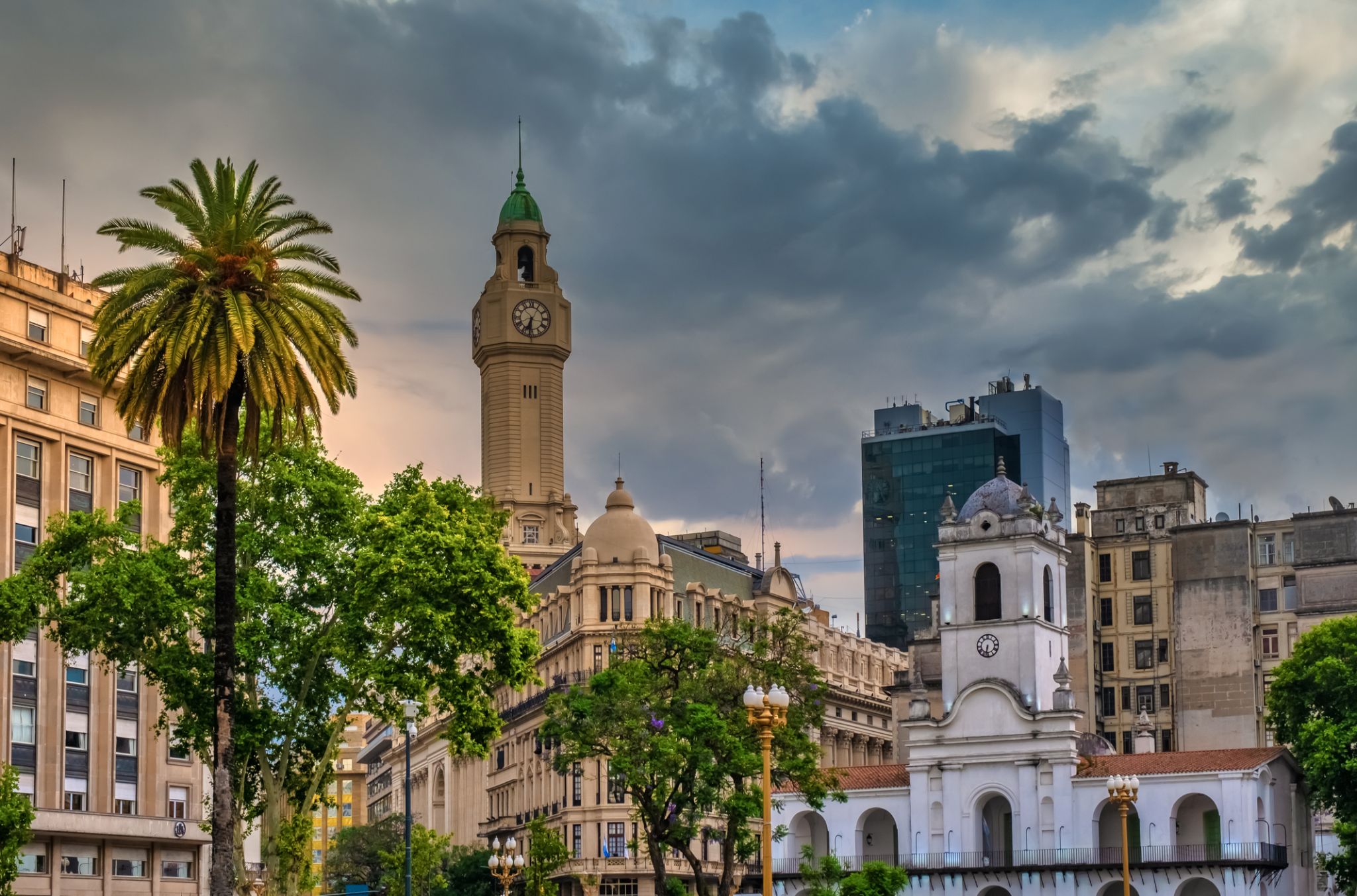
the capital city and chief port of Argentina, in the eastern central part of the country, on the Plata River; population 3,042,600 (est. 2008).

the capital city and chief port of Argentina, in the eastern central part of the country, on the Plata River; population 3,042,600 (est. 2008).